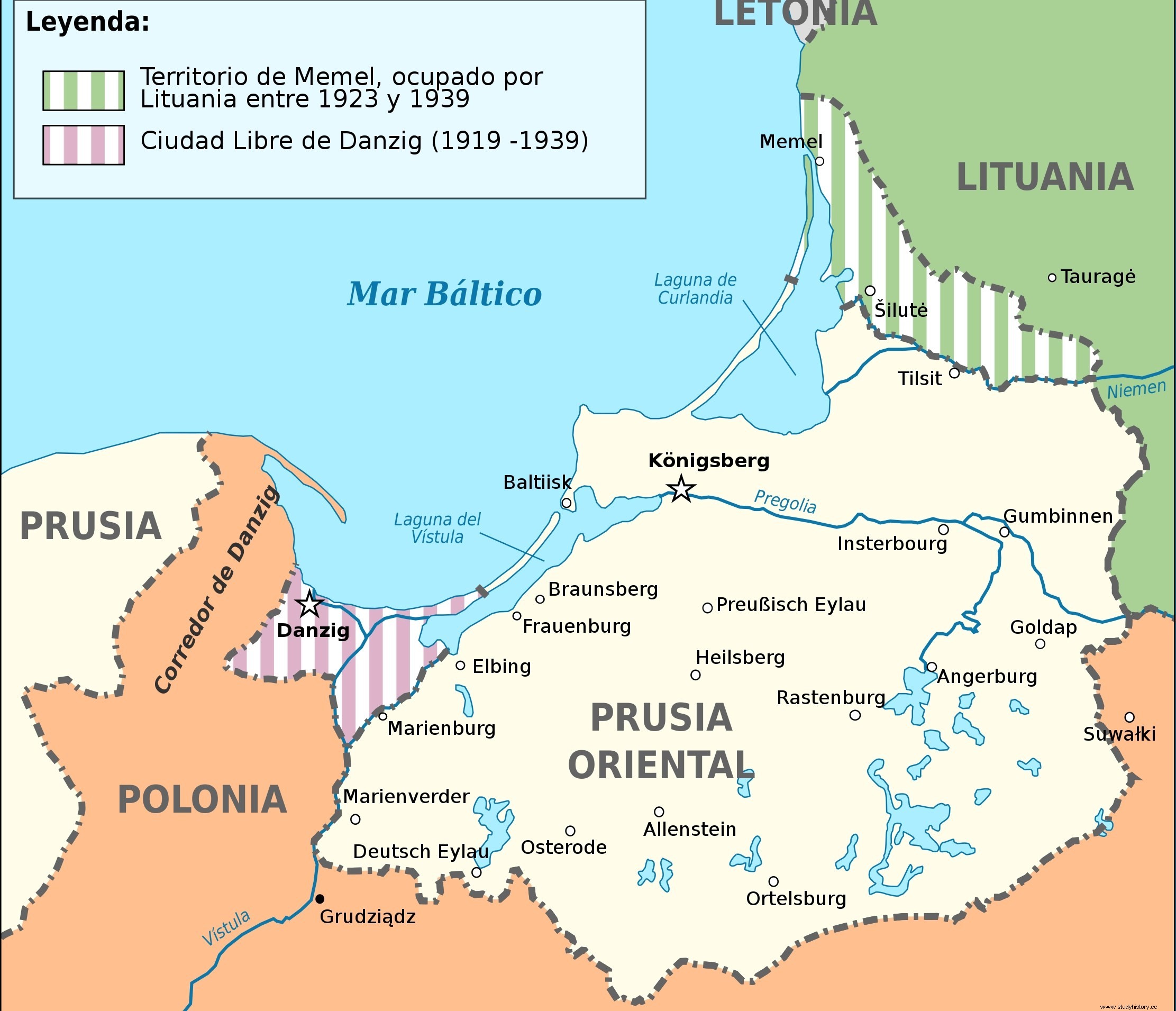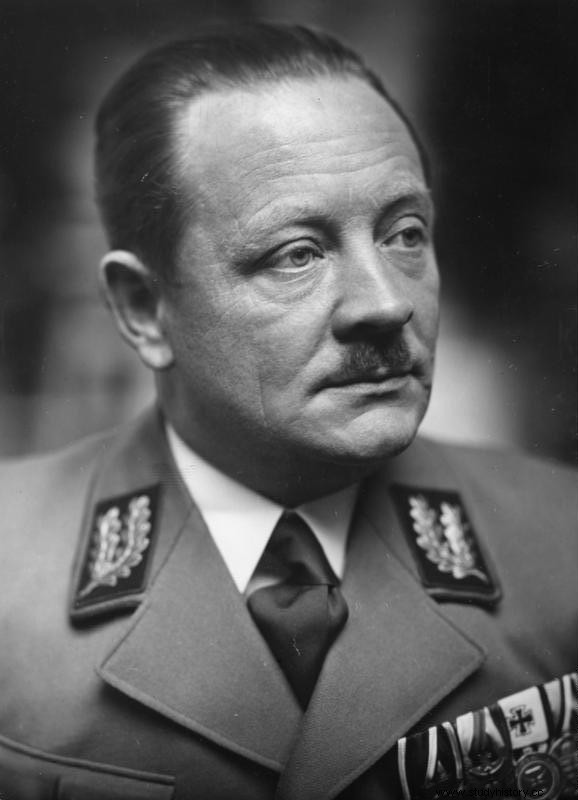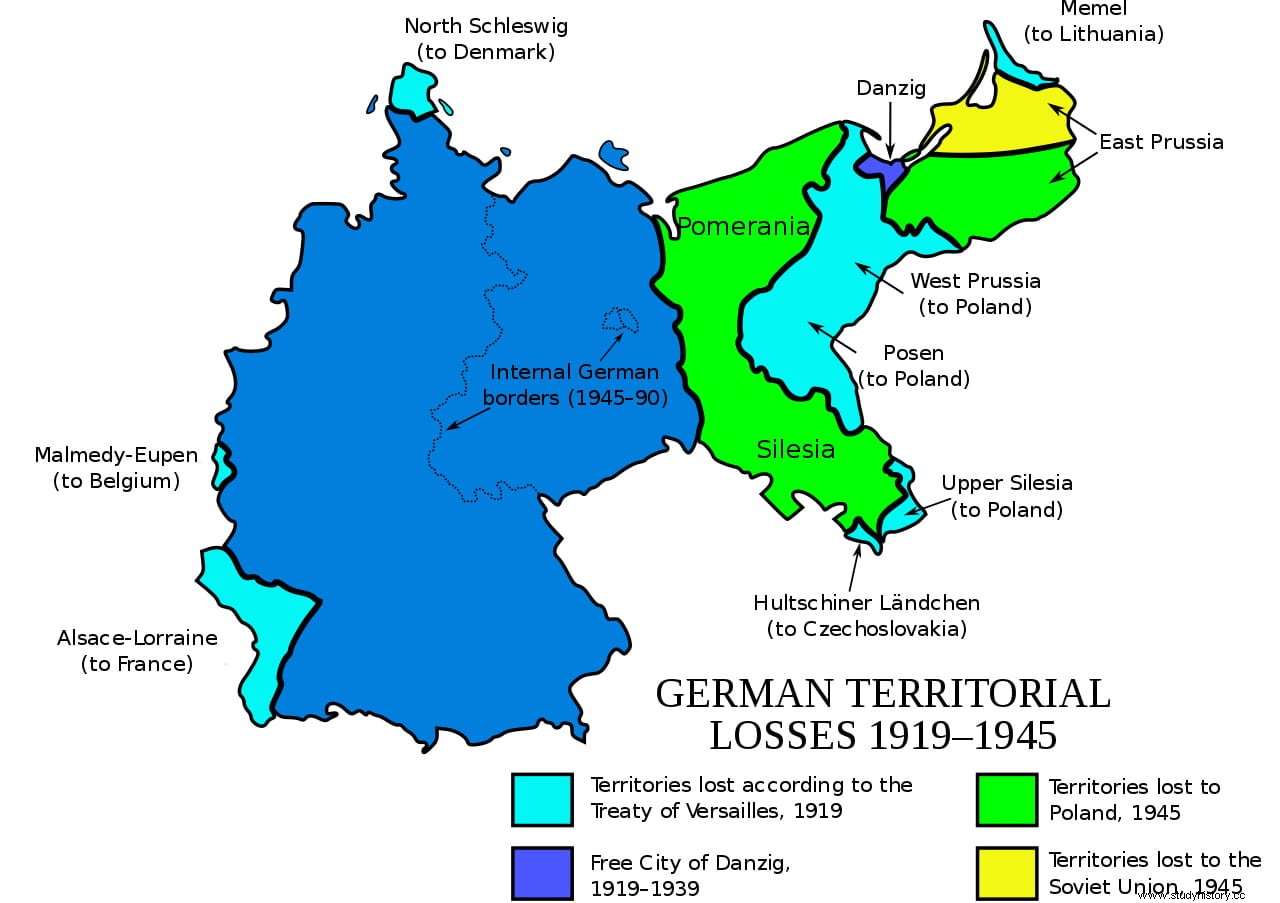Abandoned and forgotten. An orphan girl's tale of survival in World War II is the title of an autobiographical book whose author, Evelyne Tannehill, recounts how her family was separated during World War II after Russian troops kicked them out of the farm where they lived by the Baltic, in East Prussia, and the odyssey she experienced until in 1991, after the collapse of the USSR, he was able to return.
Evelyne was a wolfkind , that is to say, a "wolf-girl", a name that has nothing to do with horror movies or with little ones raised in nature in the style of Romulus and Remus -at least directly-, but rather refers to those little of German families who were orphaned and had to survive on their own in regions where German had become outlawed.
Because Evelyne was not a unique case, far from it. There were many. So many that today they have created an association called Edelweiß-Wolfskinder , which has offices in Vilnius and Klaipėda, in Lithuania, the country with the largest number of them. They add up to around a hundred, a progressively decreasing figure because they are all old and dying, so they try to keep their history latent and, as far as possible, find or know what the fate of their parents was. and relatives.

Since the 1990s they have also demanded the granting of German nationality and aid to establish themselves in the country of their ancestors and their culture. At the moment, the Teutonic government does not contemplate anything in this regard and refers to the communication it made at the time, in the sense that those who left East Prussia after the Second World War had resigned de facto to German citizenship. Thus, it was the Lithuanian government that granted them compensation in 2008, although they receive donations from individuals coordinated by Wolfgang von Stetten, a lawyer and deputy of the CDU (Christian Democratic Union of Germany) famous for promoting the independence of the Baltic countries. of the Soviet Union and its entry into the EU and NATO.
It is often said that children are the first victims of a war (after the truth). However, it is not uncommon for them to often outlive their families under certain conditions. This is what happened in East Prussia between the end of 1944 and the beginning of 1945. Prussia was an old kingdom with a German population that in 1918, by the Treaty of Versailles, was divided into two isolated areas, the west with a Polish majority and the east with German majority; the so-called Polish Corridor or Danzig Corridor, whose objective was to give Poland access to the Baltic Sea, was its only link.
In this context, at the end of the conflict, the advance of the Red Army on the area was unstoppable and the German families prepared to flee, but the German authorities saw the risk of the front collapsing and Erich Koch, the governor, categorically prohibited the evacuation. That is how things remained until the last moment, when reality finally set in. Millions of people were then thrown into a chaos of fear and despair, looking for ways to escape under enemy bombardment.

The situation was already extreme and there were thousands of deaths, leaving many orphaned children. Some also fell, others became easy prey for criminals of all kinds. But some managed to survive. How? The experiences were obviously diverse, but in general they had one point in common:marching to neighboring Lithuania, where they found a good reception from the local peasants. These provided them with food and shelter, hiring them and sometimes even adopting the youngest. Word spread among the boys and Lithuania became a kind of sanctuary to escape misery.
The peasants baptized those orphans as vokietukai , which means "little Germans", although the name that has prevailed is wolfskinder , in German "wolf-children", thus recalling the stories of those who grow up without parents in nature. Because not all of them had the fortune to find a Lithuanian foster family, of course, so there were also orphans who ended up struggling on their own in the forests and around railway stations by begging or stealing, especially those who had to stay around Königsberg (the capital of East Prussia, renamed Kaliningrad).
In addition, the Soviet authorities prohibited adoptions in 1946, which forced the Lithuanians to change the German name of the children to another, thus generating a problem when it came to quantifying and identifying them. There are, therefore, no reliable statistics and it is necessary to rely on approximate calculations that place some 5,000 German children and young people in that country around 1948. Their true identities were not revealed until the early 1990s, when the USSR was dissolved.
However, the Soviet authorities had not ignored the problem and interned the children in military orphanages or in specifically created children's villages, such as those in Pinnow, opened in 1948. They also authorized adoptions but by Russian families (the files on the subject, apparently, have not yet been opened to the public, perhaps waiting for that generation to pass).

The reason is that the north of East Prussia was awarded to the Soviet Union at the Potsdam Conference and the area surrounding the Könnisberg region (present-day Samland) was de-Germanized, resettling some thirty thousand Kaliningrad Germans, four thousand of whom seven hundred were minors. Starting in October 1947, they were sent by rail to the Soviet zone of occupation in Germany, which would later become the GDR (German Democratic Republic), and this policy was continued throughout the following years in successive transfers, adding in total around one hundred thousand people. These trips west weren't exactly for pleasure. The scarcity of the post-war period led to the resort to the sinister train cars in which people had to stay for up to a week without bathrooms and little food.
All this was carried out with the usual secrecy, to the point that there was no public awareness of it at the time and the official belief was that there were no Germans in East Prussia, either because they were evacuated before the arrival of the Red Army, as we told at the beginning, or because when they returned to their houses they found them destroyed and they decided to leave permanently. So it went, despite the voices of a small number of wolfskinder who managed to move from the GDR to the FRG (Federal Republic of Germany), where they remained in detention centers until the promulgation of the Federal Refugee Law of 1953, which allowed their departure and integration.
As of 1991, with glasnost of Gorbachev, that historical episode became known and the Red Cross began to help them locate relatives. Thanks to this, it was possible to know what became of some two hundred thousand disappeared of German origin; some had died, others were prisoners of war, and many simply scattered to survive. In memory of all the wolfskinder -and the Lithuanians who helped them- a monument has been erected near Sovetsk, ancient Tilsit.
